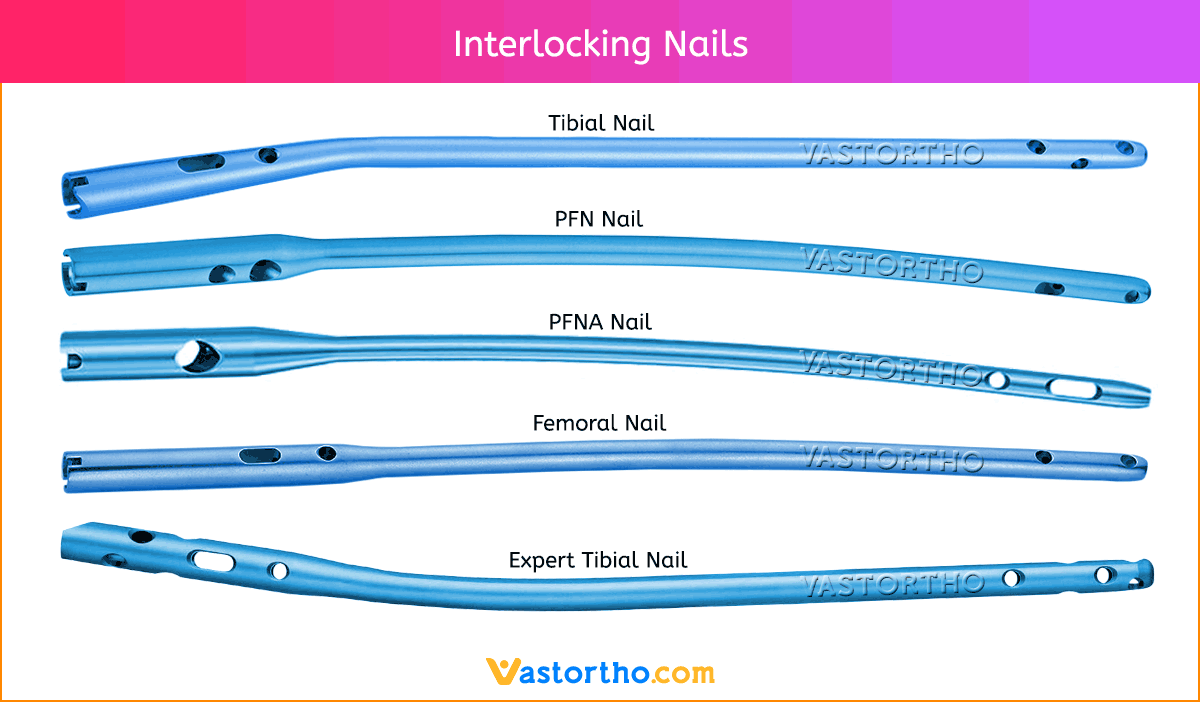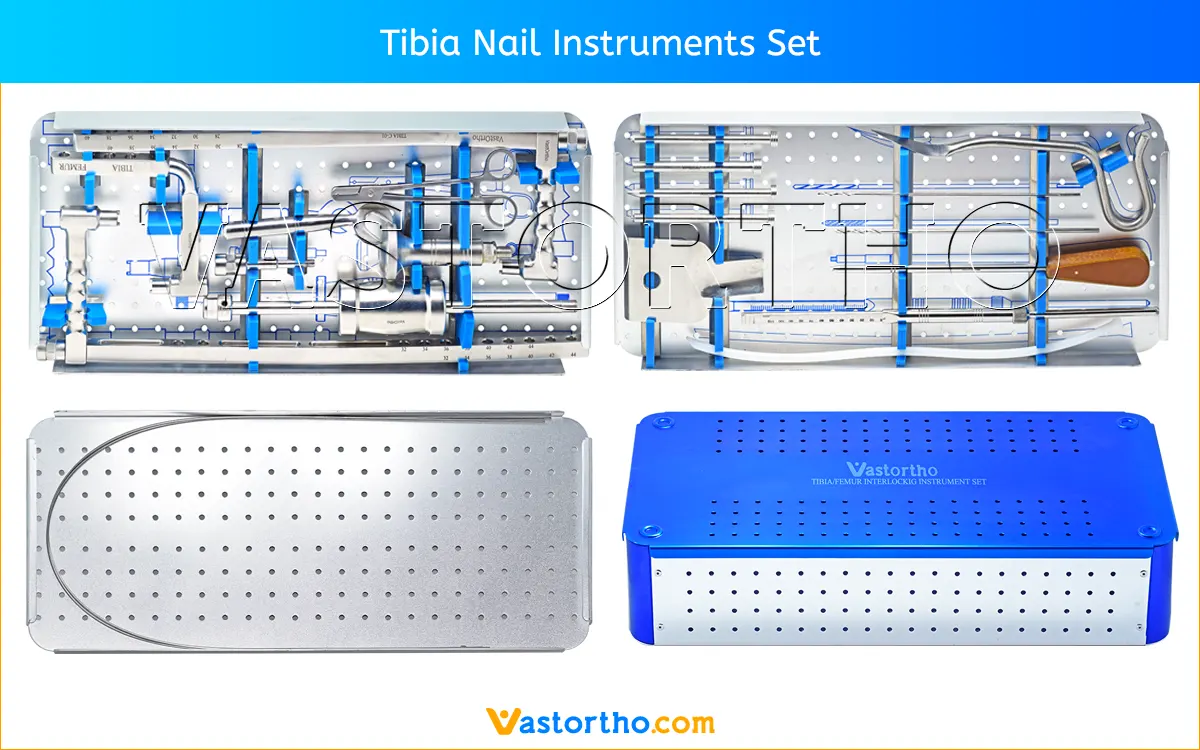Interlocking Nails Uses, Sizes and Surgical Techniques.
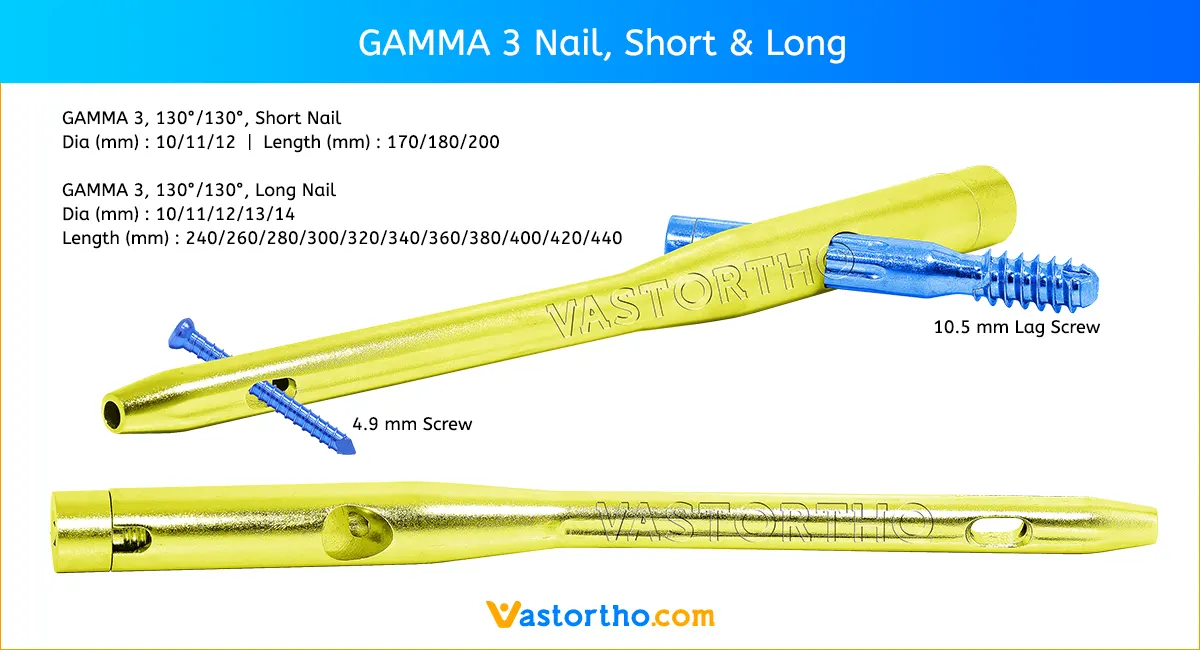 https://www.vastortho.com/wp-content/uploads/Gamma-Nail.webp
650
1200
VastOrtho
https://www.vastortho.com/wp-content/uploads/Vast-Ortho-Logo-for-website.png
VastOrtho2024-01-27 09:26:402024-01-27 09:27:59Gamma Nail
https://www.vastortho.com/wp-content/uploads/Gamma-Nail.webp
650
1200
VastOrtho
https://www.vastortho.com/wp-content/uploads/Vast-Ortho-Logo-for-website.png
VastOrtho2024-01-27 09:26:402024-01-27 09:27:59Gamma Nail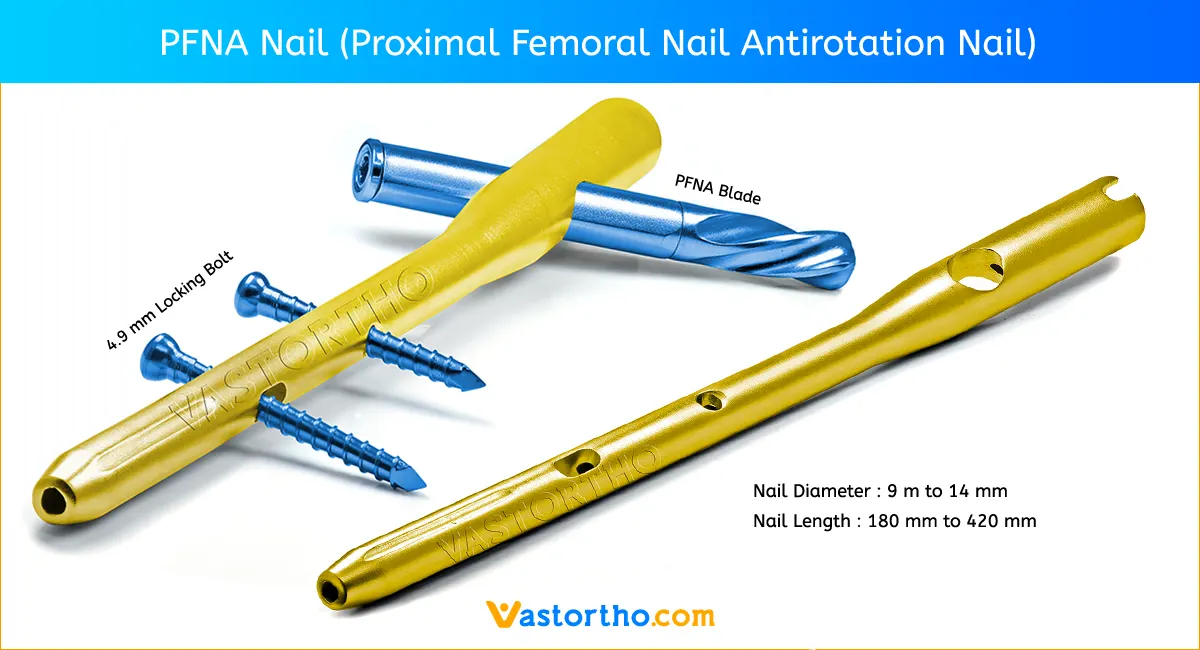 https://www.vastortho.com/wp-content/uploads/PFNA-Nail.webp
650
1200
VastOrtho
https://www.vastortho.com/wp-content/uploads/Vast-Ortho-Logo-for-website.png
VastOrtho2020-09-11 22:23:022023-07-15 21:32:53PFNA Nail
https://www.vastortho.com/wp-content/uploads/PFNA-Nail.webp
650
1200
VastOrtho
https://www.vastortho.com/wp-content/uploads/Vast-Ortho-Logo-for-website.png
VastOrtho2020-09-11 22:23:022023-07-15 21:32:53PFNA Nail https://www.vastortho.com/wp-content/uploads/PFNA2-Nail.webp
650
1200
VastOrtho
https://www.vastortho.com/wp-content/uploads/Vast-Ortho-Logo-for-website.png
VastOrtho2018-10-06 16:08:302023-07-15 21:37:40PFNA2 Nail
https://www.vastortho.com/wp-content/uploads/PFNA2-Nail.webp
650
1200
VastOrtho
https://www.vastortho.com/wp-content/uploads/Vast-Ortho-Logo-for-website.png
VastOrtho2018-10-06 16:08:302023-07-15 21:37:40PFNA2 Nail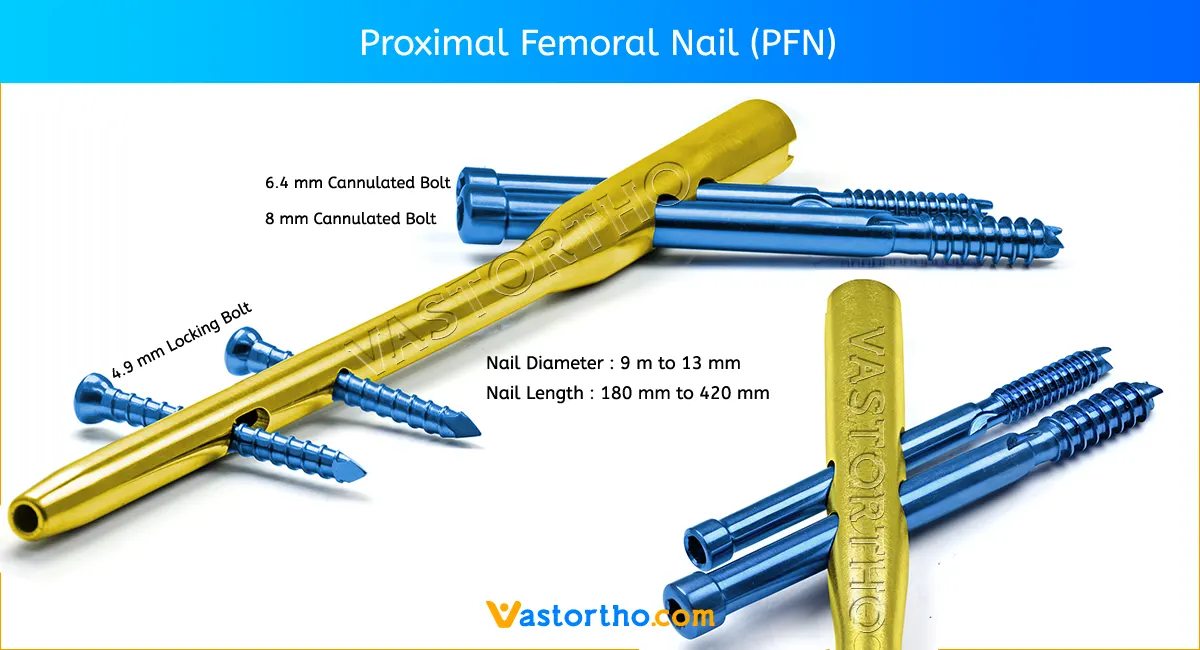 https://www.vastortho.com/wp-content/uploads/Proximal-Femoral-Nail.webp
650
1200
VastOrtho
https://www.vastortho.com/wp-content/uploads/Vast-Ortho-Logo-for-website.png
VastOrtho2018-10-05 06:48:212023-07-21 13:39:58PFN Nail (Proximal Femoral Nail)
https://www.vastortho.com/wp-content/uploads/Proximal-Femoral-Nail.webp
650
1200
VastOrtho
https://www.vastortho.com/wp-content/uploads/Vast-Ortho-Logo-for-website.png
VastOrtho2018-10-05 06:48:212023-07-21 13:39:58PFN Nail (Proximal Femoral Nail)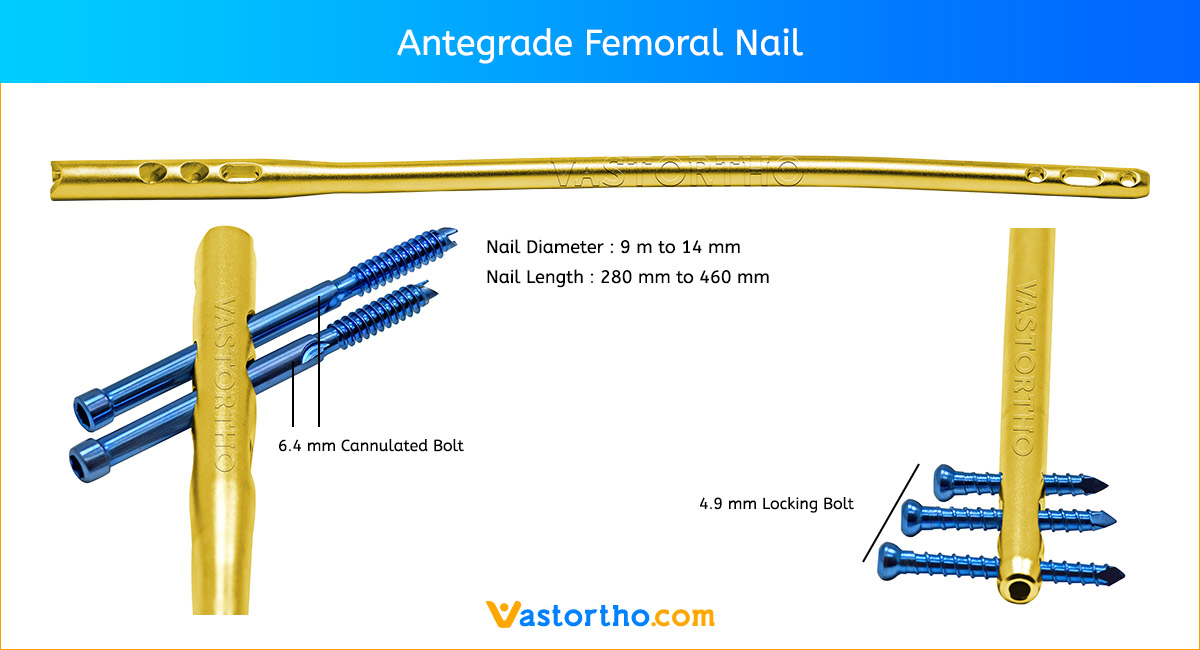 https://www.vastortho.com/wp-content/uploads/Antegrade-Femoral-Nail.jpg
650
1200
VastOrtho
https://www.vastortho.com/wp-content/uploads/Vast-Ortho-Logo-for-website.png
VastOrtho2018-10-04 17:05:422023-07-21 16:36:38Antegrade Femoral Nail (AFN)
https://www.vastortho.com/wp-content/uploads/Antegrade-Femoral-Nail.jpg
650
1200
VastOrtho
https://www.vastortho.com/wp-content/uploads/Vast-Ortho-Logo-for-website.png
VastOrtho2018-10-04 17:05:422023-07-21 16:36:38Antegrade Femoral Nail (AFN)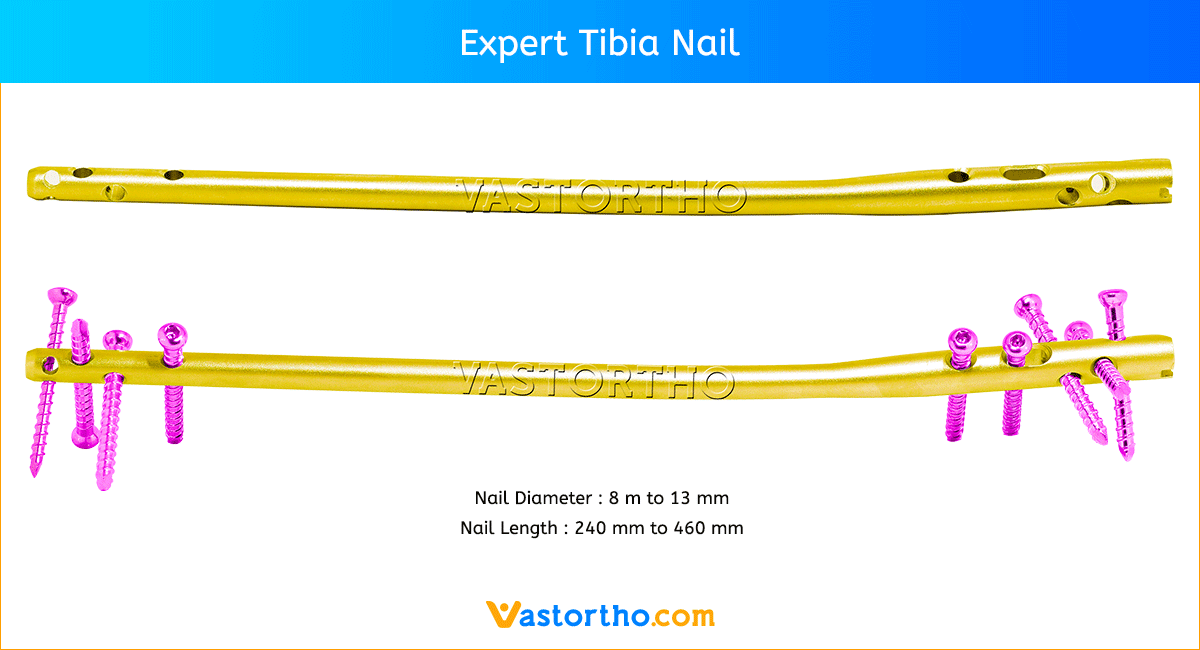 https://www.vastortho.com/wp-content/uploads/Expert-Tibia-Nail.jpg
650
1200
VastOrtho
https://www.vastortho.com/wp-content/uploads/Vast-Ortho-Logo-for-website.png
VastOrtho2018-10-03 17:45:462023-07-17 11:08:39Expert Tibia Nail
https://www.vastortho.com/wp-content/uploads/Expert-Tibia-Nail.jpg
650
1200
VastOrtho
https://www.vastortho.com/wp-content/uploads/Vast-Ortho-Logo-for-website.png
VastOrtho2018-10-03 17:45:462023-07-17 11:08:39Expert Tibia Nail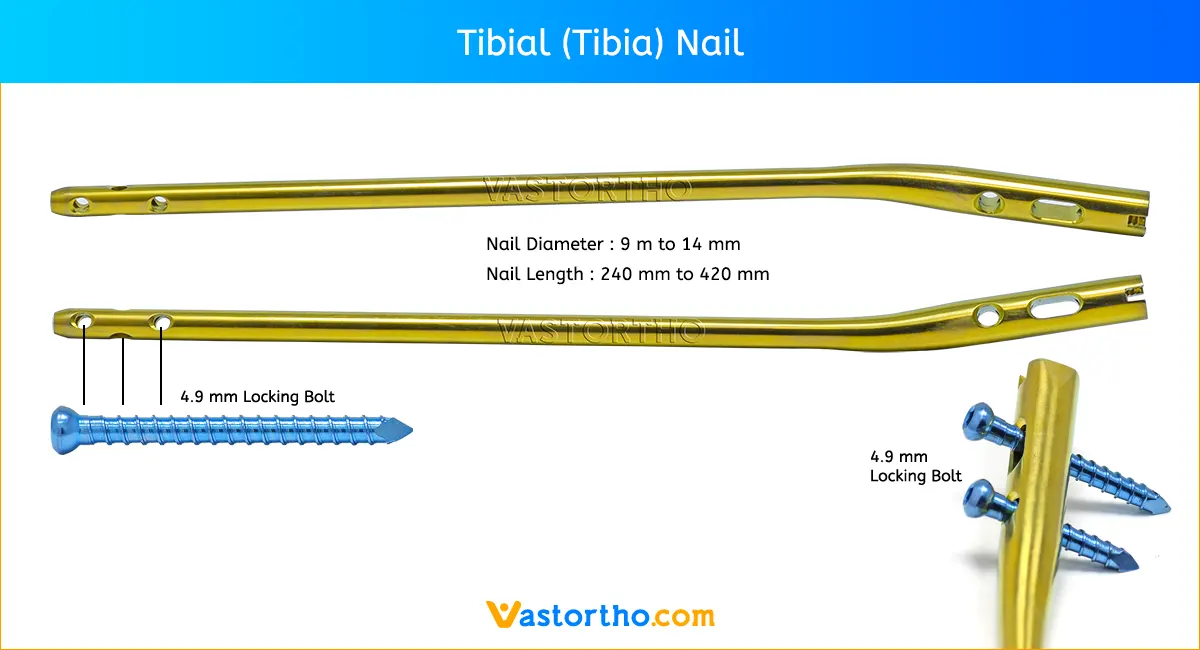 https://www.vastortho.com/wp-content/uploads/Tibial-Tibia-Nail.webp
650
1200
VastOrtho
https://www.vastortho.com/wp-content/uploads/Vast-Ortho-Logo-for-website.png
VastOrtho2018-10-02 13:05:322023-07-21 16:38:58Tibial (Tibia) Nail
https://www.vastortho.com/wp-content/uploads/Tibial-Tibia-Nail.webp
650
1200
VastOrtho
https://www.vastortho.com/wp-content/uploads/Vast-Ortho-Logo-for-website.png
VastOrtho2018-10-02 13:05:322023-07-21 16:38:58Tibial (Tibia) Nail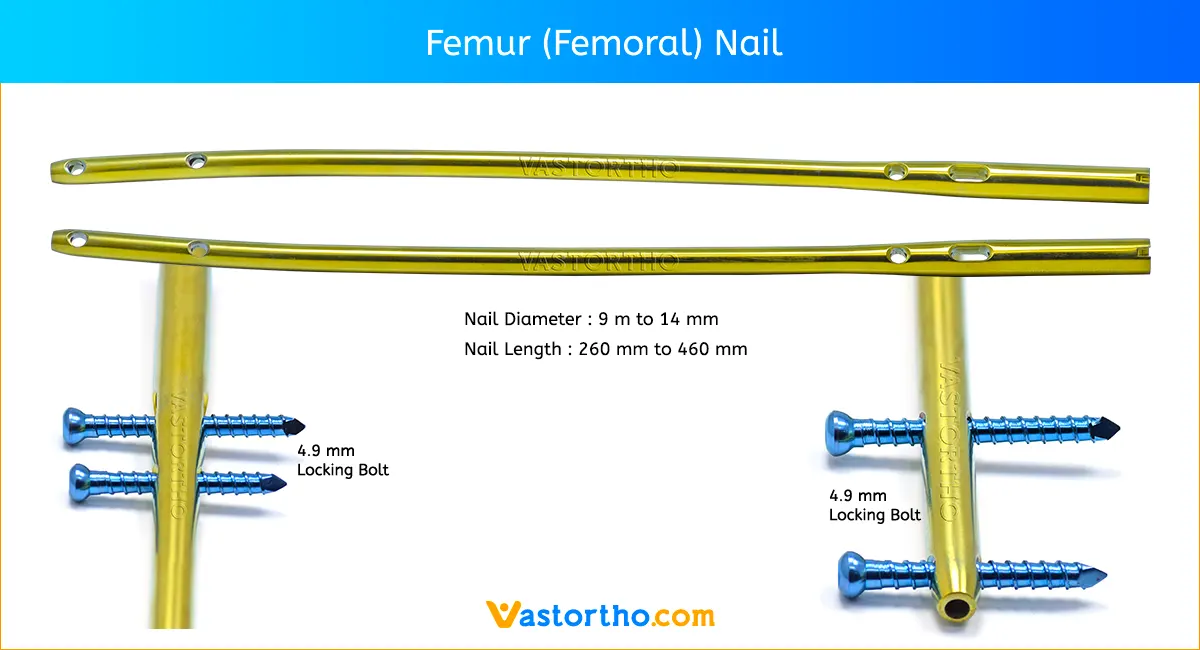 https://www.vastortho.com/wp-content/uploads/Femur-Femoral-Nail.webp
650
1200
VastOrtho
https://www.vastortho.com/wp-content/uploads/Vast-Ortho-Logo-for-website.png
VastOrtho2018-10-01 10:53:312023-07-21 16:41:39Femur (Femoral) Nail
https://www.vastortho.com/wp-content/uploads/Femur-Femoral-Nail.webp
650
1200
VastOrtho
https://www.vastortho.com/wp-content/uploads/Vast-Ortho-Logo-for-website.png
VastOrtho2018-10-01 10:53:312023-07-21 16:41:39Femur (Femoral) Nail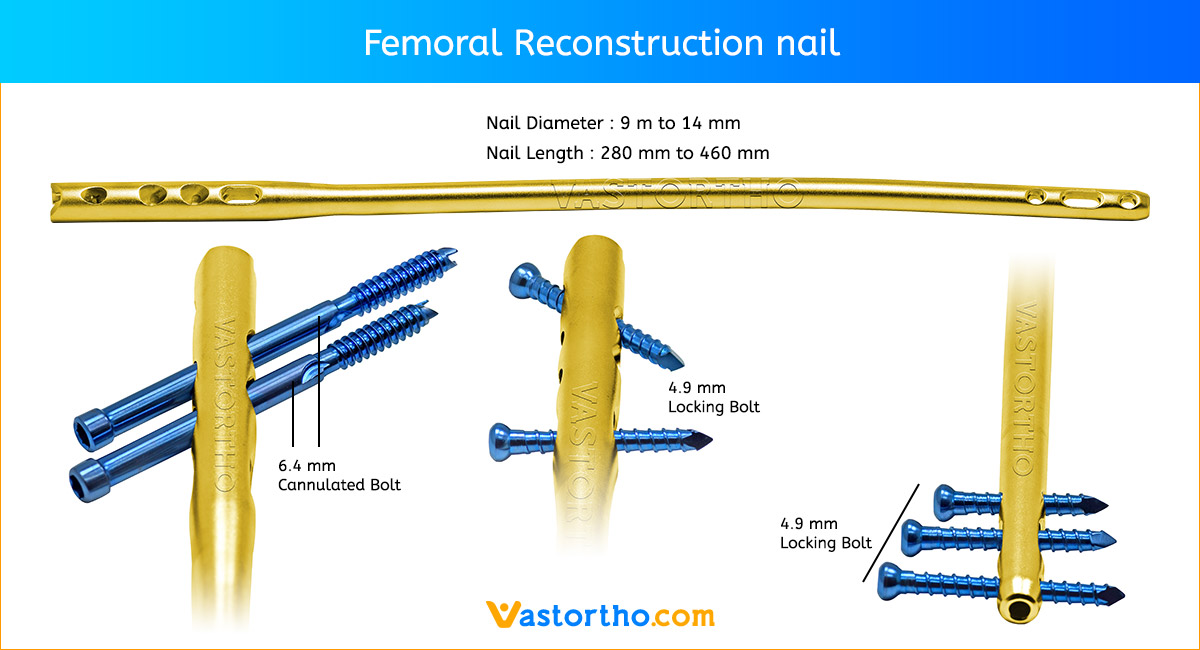 https://www.vastortho.com/wp-content/uploads/Femoral-Reconstruction-nail.jpg
650
1200
VastOrtho
https://www.vastortho.com/wp-content/uploads/Vast-Ortho-Logo-for-website.png
VastOrtho2018-10-01 10:51:342023-07-21 16:43:20Femoral Reconstruction Nail
https://www.vastortho.com/wp-content/uploads/Femoral-Reconstruction-nail.jpg
650
1200
VastOrtho
https://www.vastortho.com/wp-content/uploads/Vast-Ortho-Logo-for-website.png
VastOrtho2018-10-01 10:51:342023-07-21 16:43:20Femoral Reconstruction Nail https://www.vastortho.com/wp-content/uploads/Femoral-Recon-Nail.jpg
650
1200
VastOrtho
https://www.vastortho.com/wp-content/uploads/Vast-Ortho-Logo-for-website.png
VastOrtho2018-10-01 10:50:002023-07-21 16:44:24Femoral Recon Nail
https://www.vastortho.com/wp-content/uploads/Femoral-Recon-Nail.jpg
650
1200
VastOrtho
https://www.vastortho.com/wp-content/uploads/Vast-Ortho-Logo-for-website.png
VastOrtho2018-10-01 10:50:002023-07-21 16:44:24Femoral Recon Nail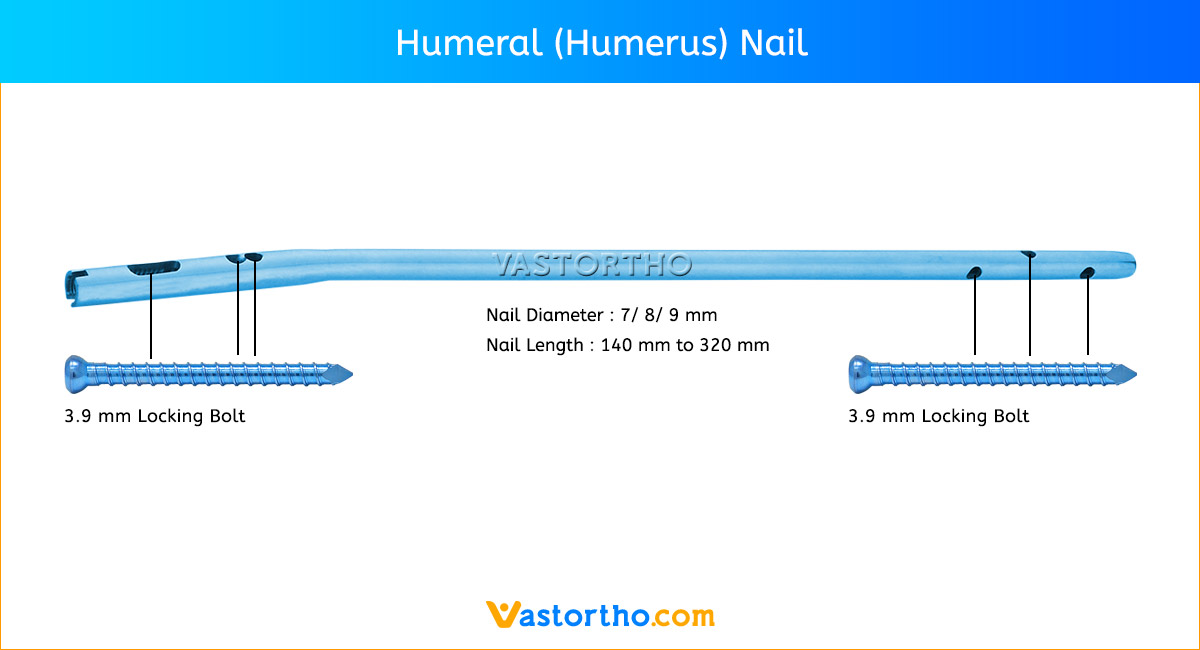 https://www.vastortho.com/wp-content/uploads/Humeral-Humerus-Nail.jpg
650
1200
VastOrtho
https://www.vastortho.com/wp-content/uploads/Vast-Ortho-Logo-for-website.png
VastOrtho2018-09-30 13:21:262023-07-17 17:56:15Humeral (Humerus) Nail
https://www.vastortho.com/wp-content/uploads/Humeral-Humerus-Nail.jpg
650
1200
VastOrtho
https://www.vastortho.com/wp-content/uploads/Vast-Ortho-Logo-for-website.png
VastOrtho2018-09-30 13:21:262023-07-17 17:56:15Humeral (Humerus) Nail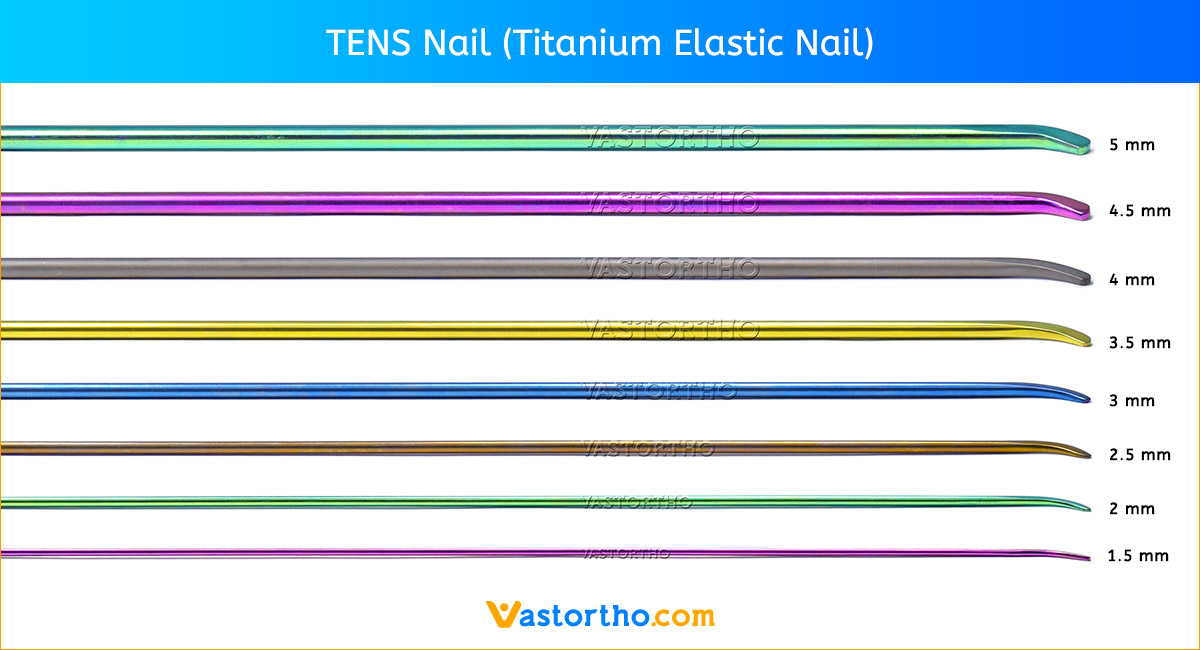 https://www.vastortho.com/wp-content/uploads/TENS-Nail-Titanium-Elastic-Nail.jpg
650
1200
VastOrtho
https://www.vastortho.com/wp-content/uploads/Vast-Ortho-Logo-for-website.png
VastOrtho2018-09-29 12:49:222023-07-17 18:06:44TENS Nail (Titanium Elastic Nail)
https://www.vastortho.com/wp-content/uploads/TENS-Nail-Titanium-Elastic-Nail.jpg
650
1200
VastOrtho
https://www.vastortho.com/wp-content/uploads/Vast-Ortho-Logo-for-website.png
VastOrtho2018-09-29 12:49:222023-07-17 18:06:44TENS Nail (Titanium Elastic Nail)
